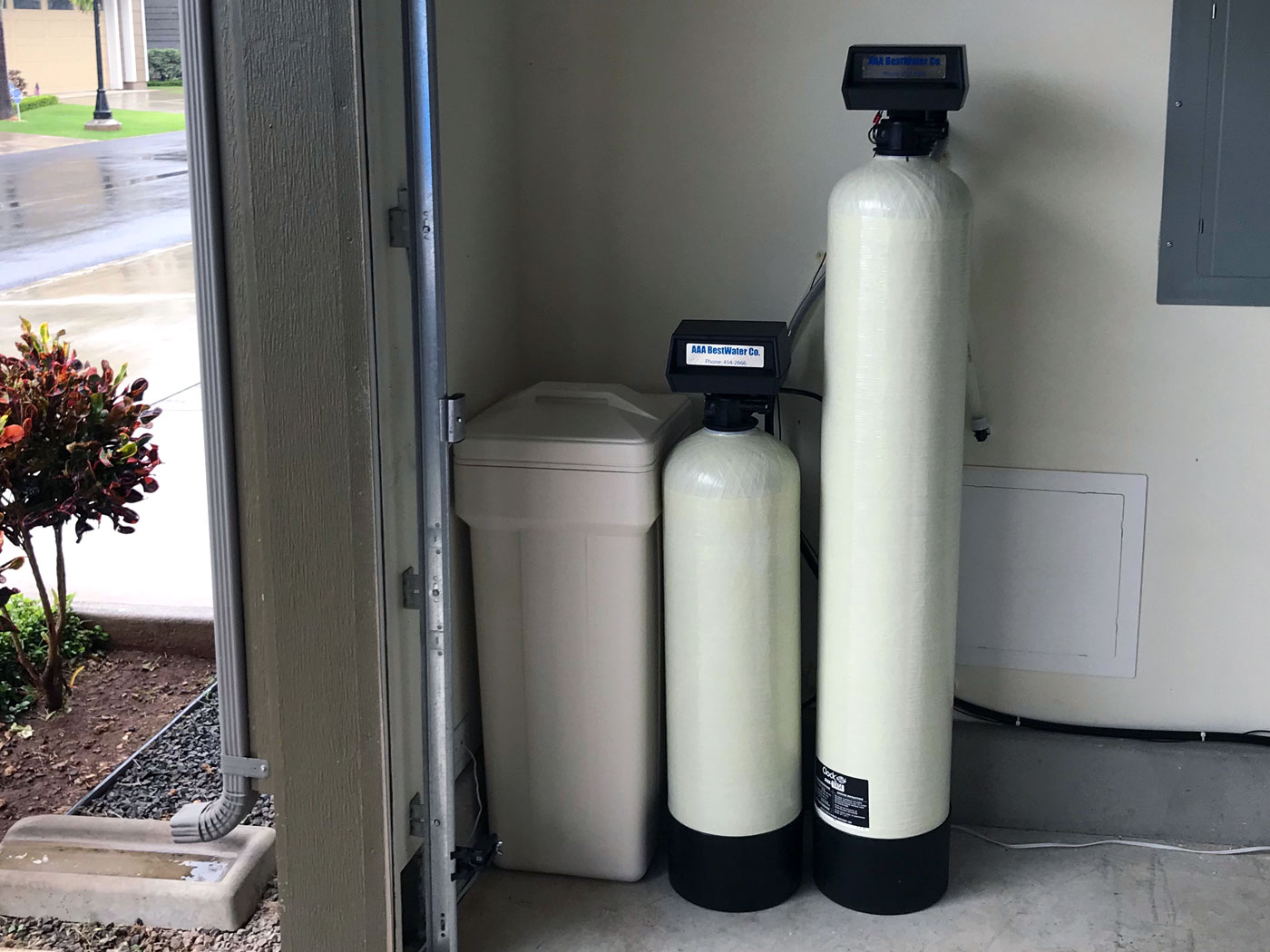Carbon
Carbon is a substance that has a long history of being used to absorb impurities and is perhaps the most powerful absorbent known to man. Each particle/granule of carbon provides a large surface area/pore structure, allowing contaminants the maximum possible exposure to the active sites within the filter media. One pound of carbon contains a surface area of roughly 125 acres and can absorb literally thousands of different chemicals.
Activated carbon is carbon which has a slight electro-positive charge added to it, making it even more attractive to chemicals and impurities. As the water passes over the positively charged carbon surface, the negative ions of the contaminants are drawn to the surface of the carbon granules.
What is GAC?
Carbon filtering is a method of filtering that uses a bed of activated carbon to remove contaminants and impurities, using chemical absorption.
How does it work?
Activated carbon works via a process called adsorption, whereby pollutant molecules in the fluid to be treated are trapped inside the pore structure of the carbon substrate.
What will GAC remove from my water?
Active charcoal carbon filters are most effective at removing chlorine, sediment, volatile organic compounds (VOCs), taste and odor from water. They are not effective at removing minerals, salts, and dissolved inorganic compounds.
Why GAC?
Activated carbon is commonly used to adsorb natural organic compounds, taste and odor compounds, and synthetic organic chemicals in drinking water treatment. Adsorption is both the physical and chemical process of accumulating a substance at the interface between liquid and solids phases. Activated carbon is an effective adsorbent because it is a highly porous material and provides a large surface area to which contaminants may adsorb.
Benefits
Simple GAC filters are primarily used for aesthetic water treatment, since they can reduce chlorine and particulate matter as well as improve the taste and odor of the water. Loose granules of carbon do not restrict the water flow. This enables them to be used in situations, like whole house filters, where maintaining a good water flow rate and pressure is important. Simple, economical maintenance. Typically, the media needs to be changed whenever you start to detect chlorine present in the water, depending on water use and the manufacturer’s recommendation.


